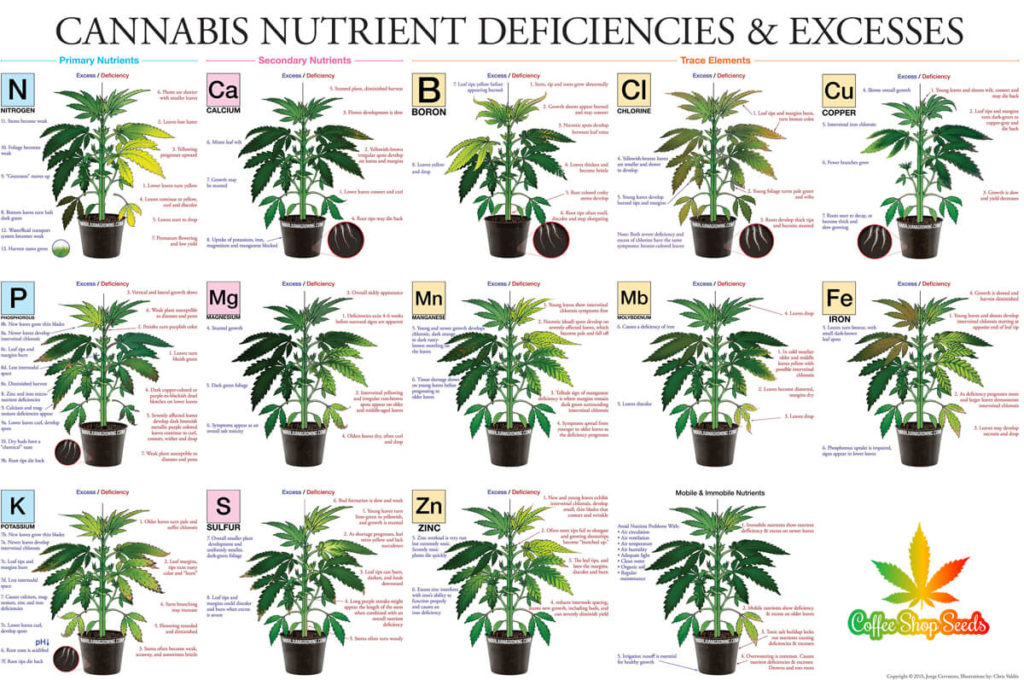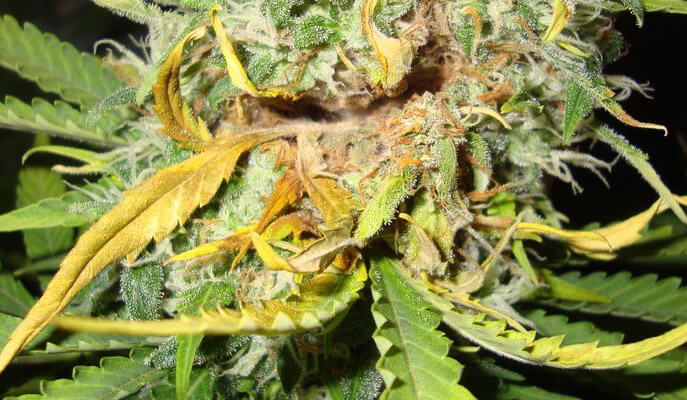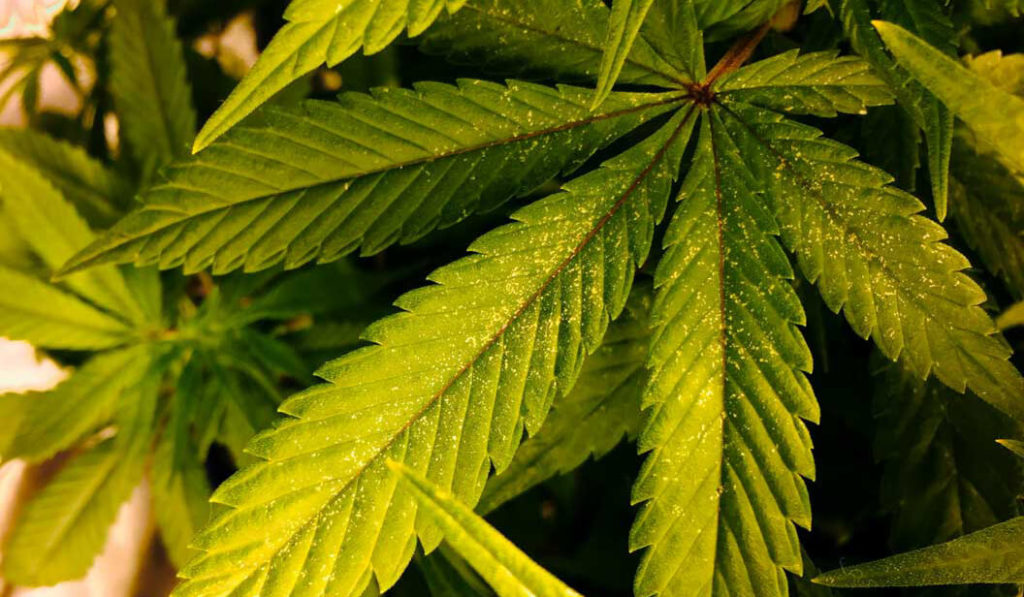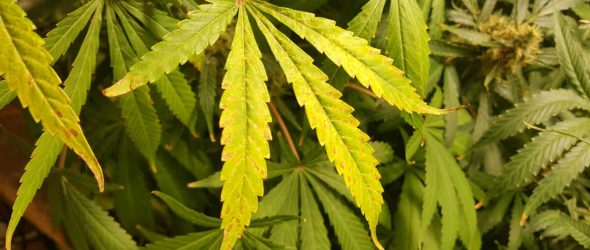Growing marijuana is much more complicated than raising common flowering plants. Since it demands particular growing conditions, you must know how to handle any potential threats to a bountiful harvest.
Yellowing Marijuana leaves is a common illness among cannabis plants. For all plants, this is a sign of malnutrition that can lead to death. If you’re reckless in treating your crops, you’ll end up losing them without harvesting the fruits of your efforts.
Understanding your marijuana crops’ true illness
Keep in mind that yellowing leaves aren’t the cause of your plants’ nutrient deficiency. In reality, it’s merely a symptom of a greater illness. This is why it’s necessary to understand why your marijuana crops are ill so that you can make the necessary treatments to heal them.
If your plants exhibit signs of yellowing leaves, here are its three potential causes and how to treat them:
1. Nutrient deficiency
The most obvious reason for yellowing leaves is a nutrient deficiency from the lack of necessary elements in their soil. If your growing beds’ pH level is lower than 6.0, it will have more difficulty absorbing nutrients through fertiliser and growth solutions. Inversely, a soil pH level beyond 7.0 makes it harder for plants to access the nutrients already in the soil. This is why it’s necessary to observe the needs of your plant’s nutrient needs without overloading the soil’s acid levels.
Your first task in remedying your soil’s nutrient condition is to ensure that it falls within the appropriate pH level. Afterwards, you can apply the necessary nourishments that marijuana plants need, which are magnesium, potassium, nitrogen, and iron. For a long-term solution, you can treat your soil with organic remedies like compost and worm castings. This ensures that it will maintain a stable pH level to increase your plants’ access to the nutrients in the soil’s bioavailability.

2. Bud rot
Grey mould is a particular fungus that affects cannabis that causes decay from the inside out. Since it can affect crops in all stages of their growth, it can turn marijuana leaves yellow overnight or fall off completely. You can notice signs of infection through white, brown or dark grey mould near decaying parts.
It’s best to snip off the decaying parts immediately to avoid infecting the rest of the plant. Inspect your growing area if there are any signs of rotted parts. Spray organic disinfectants to ensure that no traces of the mould remain inside it. Afterwards, sterilise your grow room to remove any signs of spores on your surfaces, from your pots to your gardening tools.

3. Pest infestation
Besides microorganisms, you should also be cautious of pests that can compromise your garden’s condition. Cannabis plants are more prone to particular pests and bugs than others, namely fungus gnats, russet mites, and spider mites.
It’s best to ensure that your growing rooms won’t provide the best living conditions for these pests. For fungus gnats, it’s best to avoid overwatering your crops. For russet and spider mites, it’s best to introduce better airflow to prevent low humidity. Installing fans over your canopy will prevent them from finding your gardening beds as viable breeding grounds.

Conclusion
Like any illness, finding the root cause of your cannabis plant’s condition is the key to making the right choices to aid in their recovery. By researching the potential causes of yellowing leaves, you can guide your plants’ road to flourishing under a careful and watchful eye.
Before you start growing your crops, it’s necessary to find the right marijuana seeds to get you started. You can pick from our wide selection of the best CBD seeds in the UK if you plan to invest in planting cannabis crops. Order from our seed shop website today and start growing your first batch of marijuana today!


